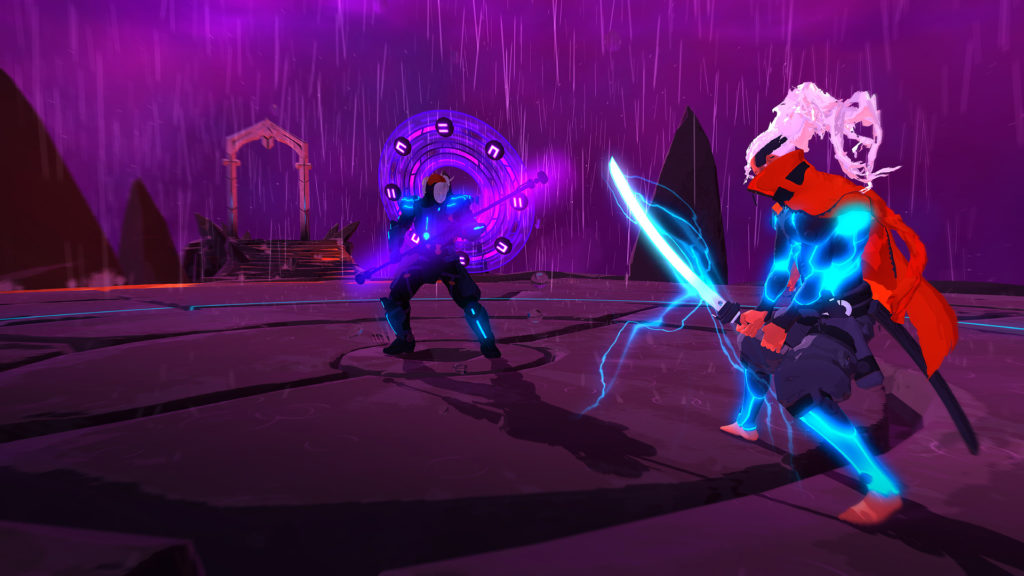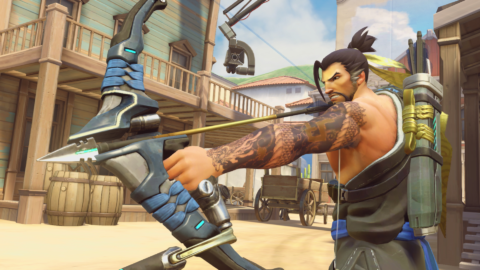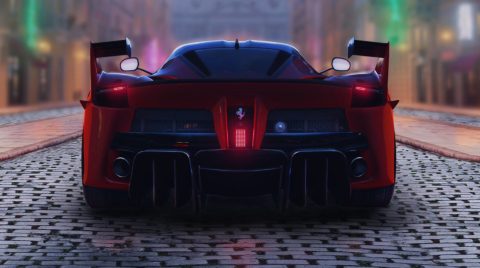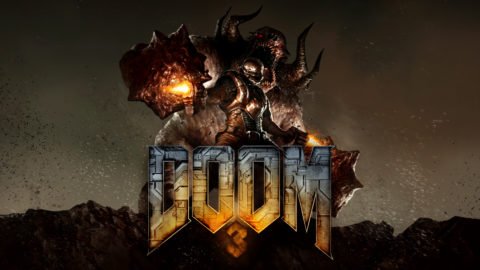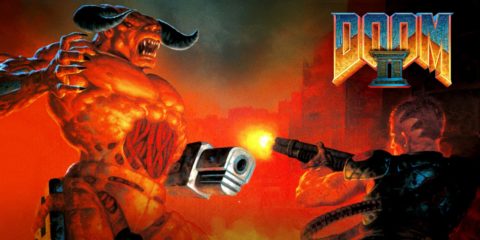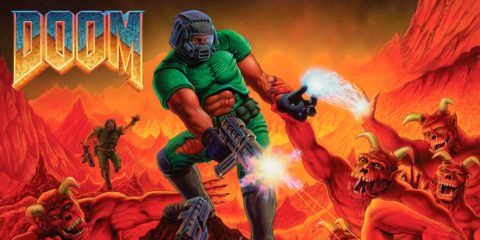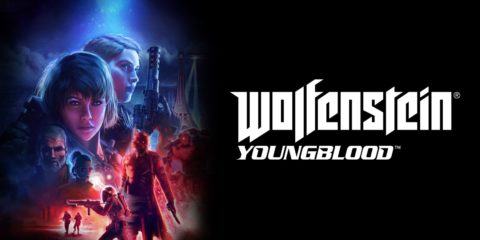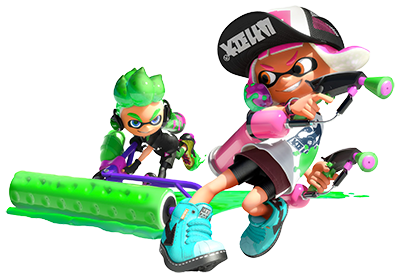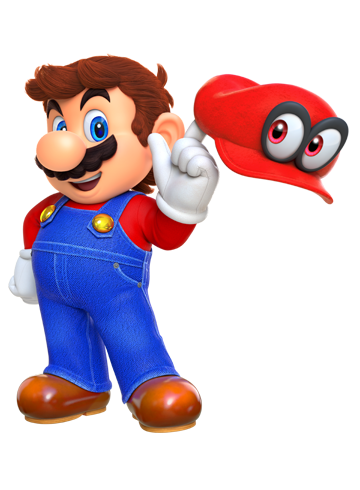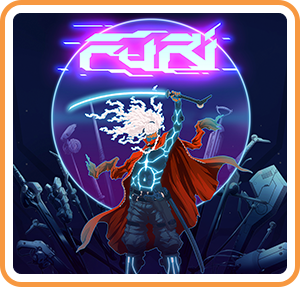
Boss battles. They’re a staple of pretty much every genre of game. Not every game has em, but chances are that, if you’re here, you’ve done a boss fight before. Furi loves boss fights. In fact, Furi loves boss fights so much, that it’s basically tossed out everything else but them. For most other games, this would be disastrous. But for Furi, it results in a laser-focused game that for the most part, cuts right to the chase.
Mystery Man, Mysterious World
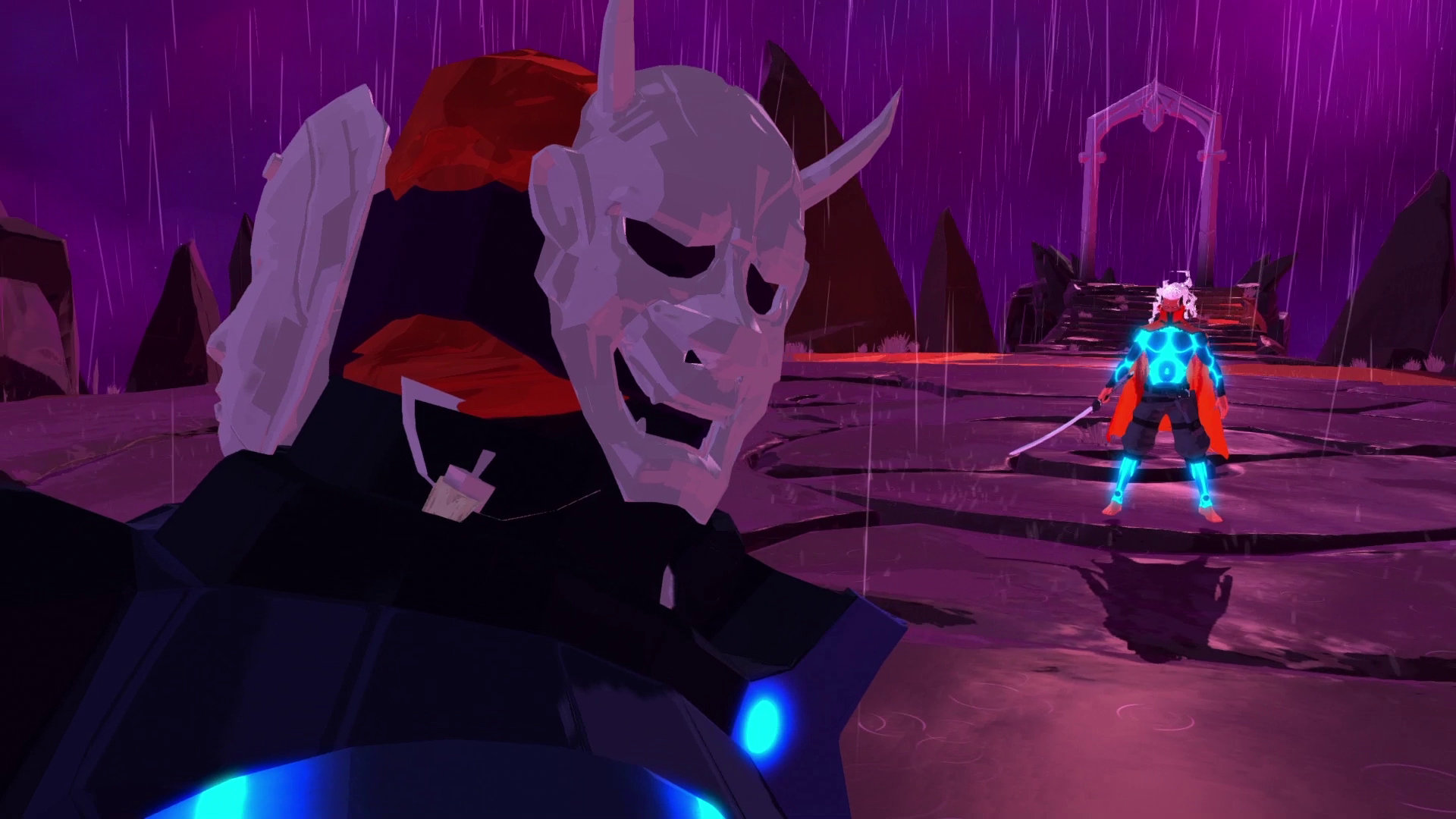
Furi doesn’t waste any time dropping you into its world. As soon as you get past the title screen, your nameless and imprisoned character is already being beaten on. The assailant? A cruel jailer known only as The Chain, wearing headgear that rotates three masks to where his face ought to be. The striking, complex design of what ends up just being the game’s tutorial boss sets you up for the rest of the game’s marvelously detailed and gorgeous characters. Your character isn’t any different either, sporting a glowing torso, standout white hair, and a dapper red cape.
As The Chain finishes you, you’re visited by a mysterious man sporting a large fuzzy rabbit hat. While his purple color scheme may remind Nintendo veterans of Ravio or Nabbit, this man is definitely NOT Nabbit. Rather, he seems to be some sort of ethereal trickster type, appearing and disappearing as he chooses, usually punctuated by a riddle or something equally mysterious. He frees you from your shackles, gives you a sword and gun, and tells you to kill The Chain to escape. You don’t really have a choice, to be fair, seeing as you and The Chain are on a tiny floating island together. As you walk up to a big circular arena, The Chain will yell at you for breaking free. It’s only you and him (and maybe Dr. Rabbit) on this island together. It’s time to fight.
In-Depth, Evolving Combat
For a game that almost entirely combats, you’d expect that combat to be pretty involved as a result. Thankfully, Furi doesn’t disappoint on that front. Boss fights are fast-paced, all kinds of varied, challenging and your abilities can be used in just as many situations. In a game where boss fights are everything, thankfully they’re all a blast to play.
Your character has a good variety of moves he can perform, each of which are useful in specific situations. You have your basic sword slash, which combos for a few hits before ending in a more powerful slam. There’s a charged slash, which can throw enemies off balance and open them up to further attacks. There’s a dodge dash, which Nightcrawler-style teleports you forward a set distance, letting you move quickly and dodge through projectiles. You can parry, allowing you to block melee attacks and earn health back in the process. Finally, you have a gun, which you can either rapid fire by holding a direction with the stick, or you can charge it with the shoulder buttons.
It’s a lot of possible actions, but they’re all easy to remember and to get used to. Learning when to use these abilities with each of the bosses is pivotal to survive in Furi. If you parry at the wrong time or throw out too many slashes, chances are you’ll end up getting punished quite a bit for it. And speaking of bosses.
Ever-Evolving Boss Battles
 The bosses in Furi each fight differently and evolve over the course of the battle. Your health is a standard health bar, with three bars available, represented by pixels. Bosses have far more pegs and two bars per pixel, meaning it’s an uphill battle from the start. If you can take off a boss’s health bar, yours is restored. Unfortunately, the same also goes for bosses knocking off your health bar.
The bosses in Furi each fight differently and evolve over the course of the battle. Your health is a standard health bar, with three bars available, represented by pixels. Bosses have far more pegs and two bars per pixel, meaning it’s an uphill battle from the start. If you can take off a boss’s health bar, yours is restored. Unfortunately, the same also goes for bosses knocking off your health bar.
Fights have two modes that switch between one pixel’s two health bars. The first phase of each peg, represented with a blue health bar, lets you and the boss free roam around your battle arena. This phase is usually a projectile-ridden chase to get close enough to the boss to get in some heavy hitting melee damage. Once you’ve taken off that blue bar, you get to an orange bar. This phase of the fight shifts the camera closer and a circle appears on the floor. This is now the only area within which you can move, and the fight becomes much more close-quarters. You lose the ability to use your gun, but you also don’t need to chase your enemy down anymore. The fight instead becomes waiting for an opening or counterable attack so you can strike.
After each health bar is depleted, the boss’s tactics change and you’ll need to adapt accordingly. Sometimes the bosses simply get faster and fire more bullets. Others completely change how the boss works. One of the bosses I fought disappeared during a later phase in her fight, meaning I had to search the arena for her before the battle continued. Suddenly, she had a completely new set of attacks that I was completely unprepared for, resulting in a game over. By the next time, I found that sneak, I was ready.
Some Unfortunate Slowdowns
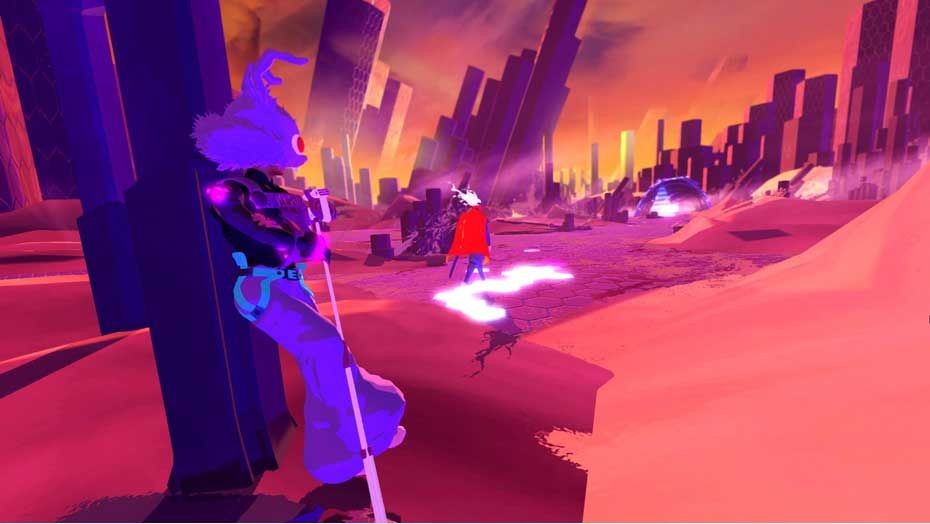
What Furi gets right, it gets really right. But unfortunately, it also makes quite a few missteps. In between each boss fight, there are pseudo-cutscenes in which you get to walk very slowly into a new area. All of your abilities are disabled, but you can enable something I’ve never seen before: an auto-walk button. Pressing it just makes your character slowly walk through the area. They don’t move any faster, but hey, you don’t need to touch the controller anymore. These glorified cutscenes slow the game down so much, and their only real purpose is for Definitely-Not-Nabbit to drop exposition on you by poofing in at certain preset points. The architecture and world we see are neat, but they really should have just been cutscenes instead of excuses to get snacks. It’s the biggest damper on an otherwise fast-paced exciting experience.
Aside from that, there are a few other unfortunate issues. While the boss fights are certainly fun to play, there are no checkpoints at any point during them. If you game over, it’s back all the way to the very beginning of the fight. Considering some of these bosses can get long, especially towards the latter half of the game, it’s a pain to have to slog through every phase again to get back to where you were. Some of the arenas also have bugs that can really screw you over. Getting killed because a wall respawns on top of you and clips you through the floor is really disheartening. Some of the phases can also feel like a bit of an unfair difficulty spike, but that might just be because I’ve never been the best at bullet hells.
Final Overview
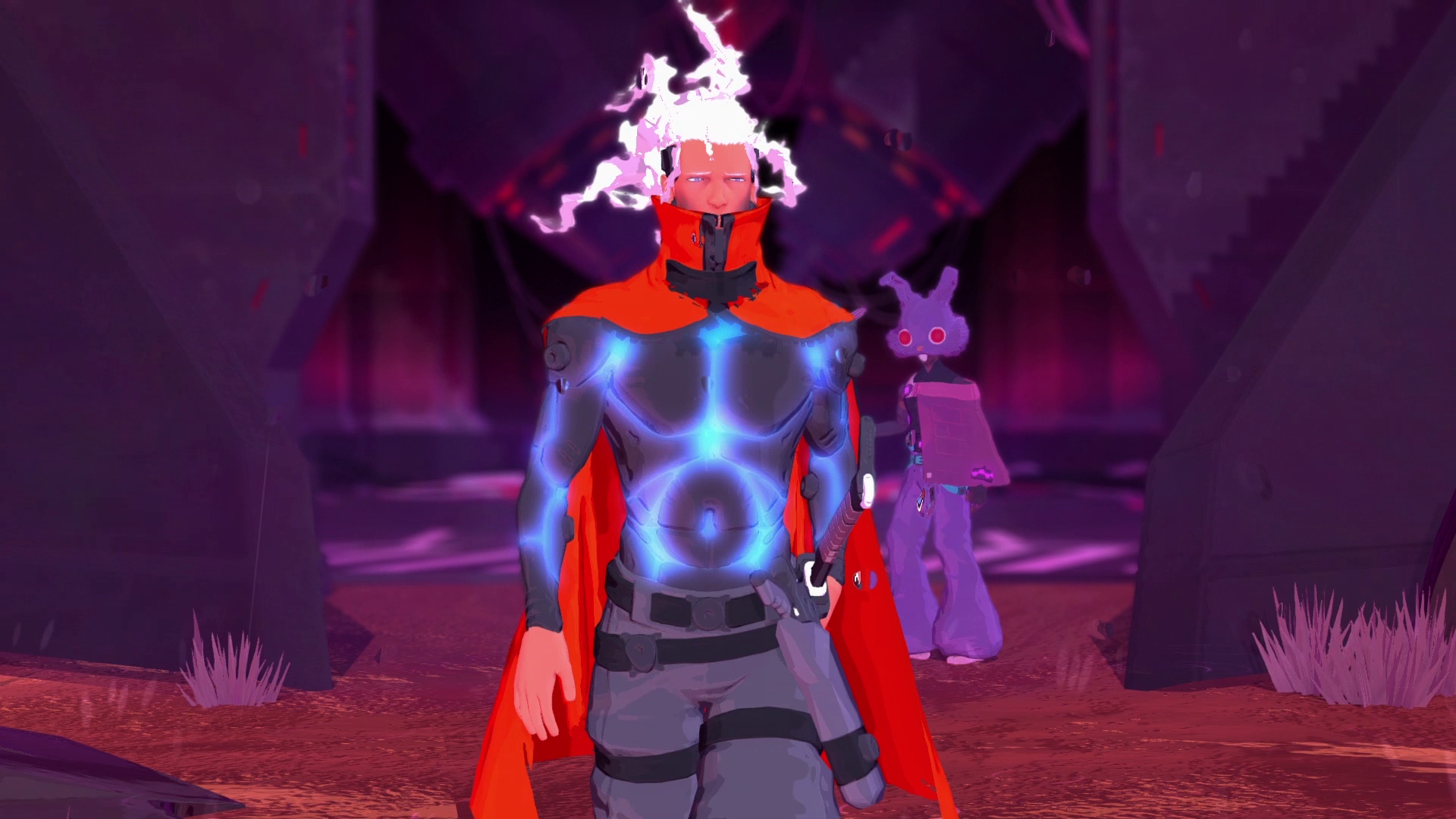
Furi sets out to be solely something that most other games relegate to a side mode: a boss rush. It accomplishes that wonderfully. Each boss is meaningfully different, testing your skills and knowledge of the protagonist’s abilities in new ways, and increasing that difficulty as the fight progresses. Each boss IS the level in Furi, and each concept and new idea evolves over the course of the fight, just as it would in a different game’s levels.
The problem is, other games nowadays offer checkpoints at levels, and don’t require you to completely start one over if you die. Additionally, Mario never had to trudge along at a snail’s pace between areas while Nabbit force-fed him lore on the next level. Furi is at it’s best when it’s frantic, fast-paced, and focused, and it’s slowdowns drag the rest of the game down with it. They’re not enough to kill the game’s fun, but chances are you’ll miss Dr. Rabbit’s lore because you’re microwaving a snack instead.
If you can look past the game’s speedbumps, Furi is a tense, tough as nails boss rush that hardcore types are sure to love to hate. You’ll likely try again and again to beat that Viking gladiator, or the sludge diver, or the crossbow angel. Once you finally do beat them though, You’ll be pumped and ready to take on the next person who stands in the way of your freedom.
